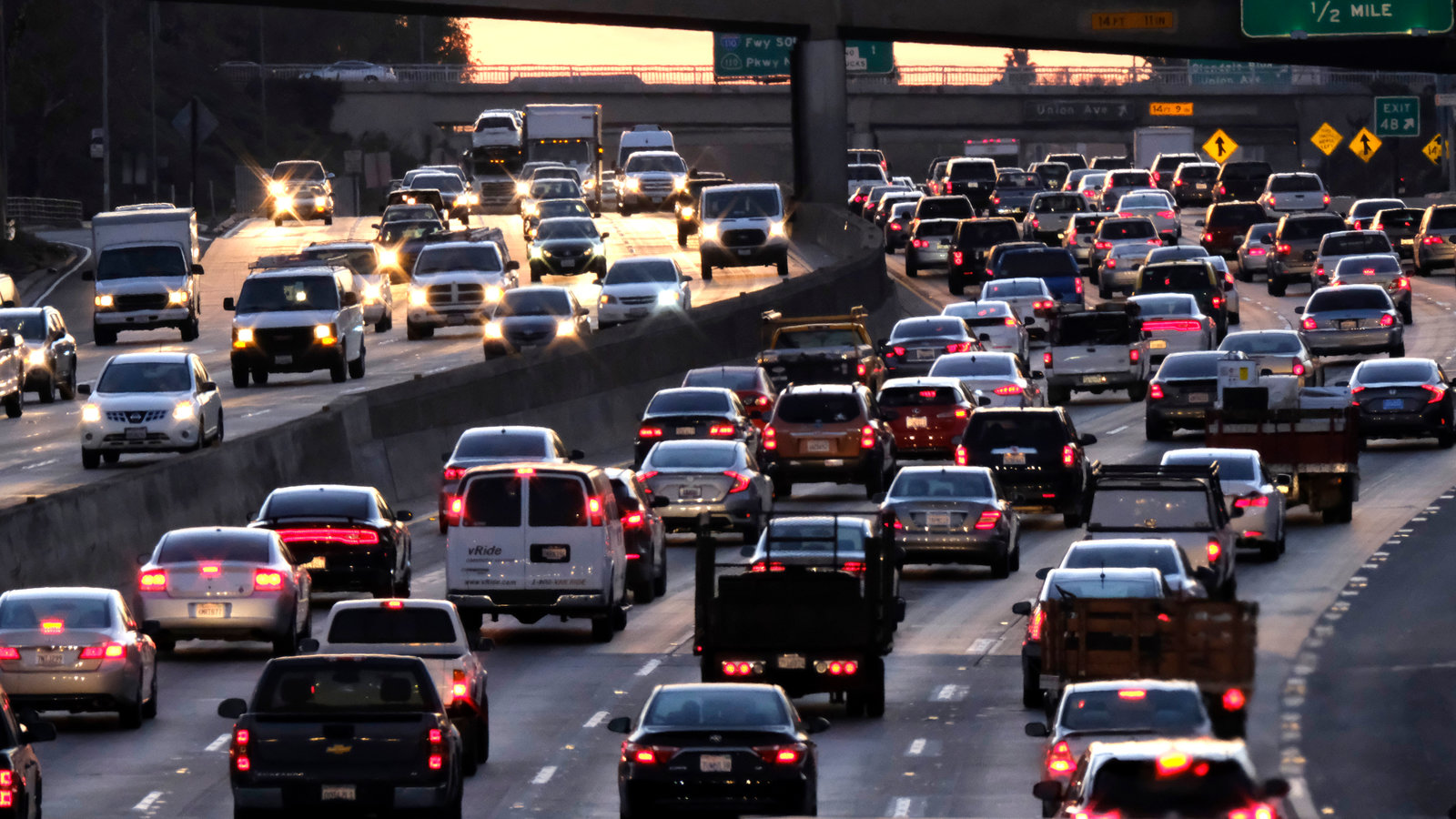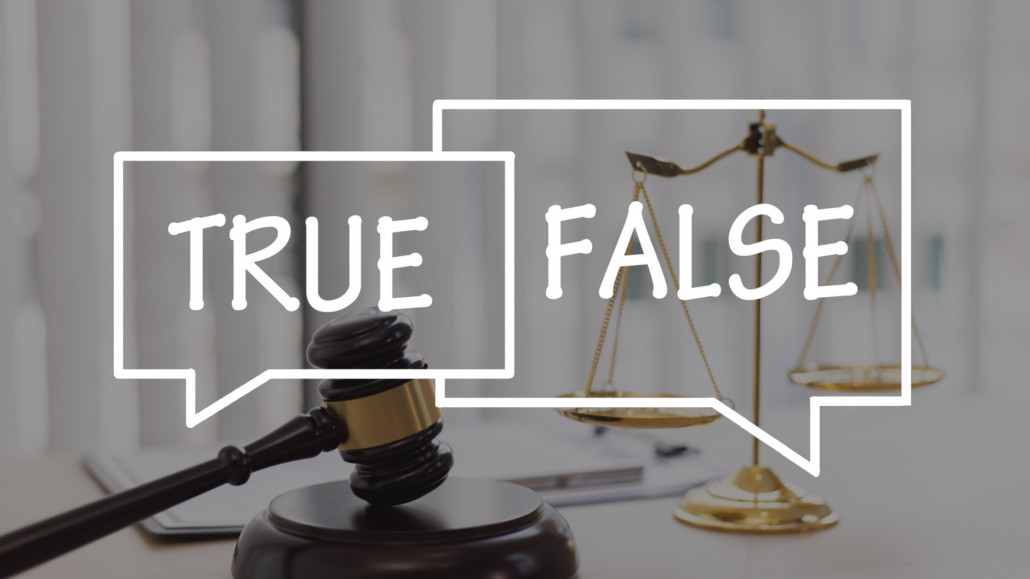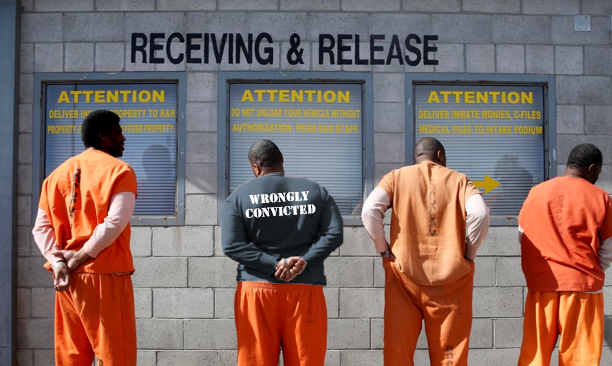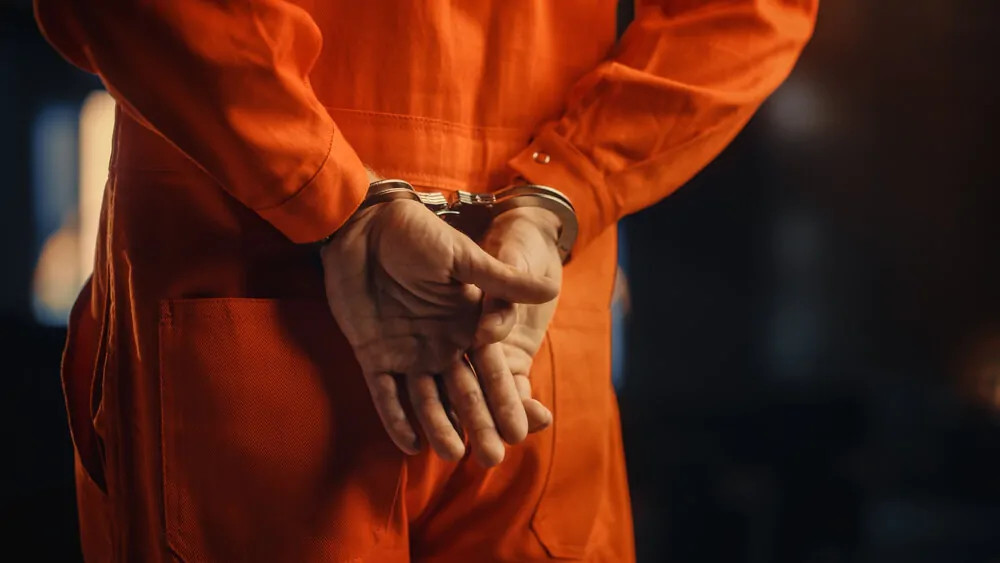.
A 5-Minute Reality Check
How Many Wrongful Convictions Will Occur While You—

1. Sip your morning coffee?
Answer: Roughly three.

2. Take your dog for a stroll?
Answer: Approximately nine.

3. Enjoy your lunch hour?
Answer: Around twelve.

4. Scan the headlines?
Answer: About five.

5. Visit your doctor?
Answer: Roughly six.

6. Navigate your evening commute?
Answer: About six.

7. Watch the evening sunset?
Answer: Around six.

8. Grab a popcorn and a flick?
Answer: Approximately twenty-four.

9. Squeeze in a workout?
Answer: Approximately six.

10. Watch your favorite prime time show?
Answer: Roughly twelve.

True or False
1. Eyewitness misidentification is the leading cause of wrongful convictions in the United States.
True
The statistics are striking: approximately 69% of DNA exonerations (252 out of 367 cases) involved eyewitness misidentification, making it the leading contributing factor to wrongful convictions.
2. False confessions are a rare occurrence in wrongful conviction cases.
False
Recent data shows that false confessions are a contributing factor in approximately 30% of exonerations in the USA.
3. DNA evidence is always conclusive and can never be used to exonerate someone wrongly convicted.
False
DNA evidence has been crucial in exonerating individuals who were wrongly convicted, highlighting the importance of scientific evidence in criminal justice.
4. Perjury or false accusations are a common cause of wrongful convictions.
True
False accusations and perjury can lead to wrongful convictions, as they can be used to manipulate the legal system.
5. Official misconduct, such as police or prosecutorial errors, does not contribute to wrongful convictions.
False
Official misconduct, including errors or corruption by law enforcement or prosecutors, can significantly contribute to wrongful convictions.
6. Inadequate legal defense is a factor that can contribute to wrongful convictions.
True
Lack of effective legal representation can lead to a wrongful conviction, as it can result in a defendant not being able to adequately defend themselves.
7. Implicit bias in the criminal justice system does not play a role in wrongful convictions.
False
Implicit bias, which can affect various actors in the criminal justice system, can lead to discriminatory decisions that contribute to wrongful convictions.
8. False or misleading forensic evidence can be a factor in wrongful convictions.
True
Poorly validated scientific methods, flawed analyses, or suppression of forensic evidence can lead to wrongful convictions.

General Knowledge
1. What is a wrongful conviction?
A wrongful conviction occurs when a person is found guilty of a crime they did not commit. These cases often come to light through DNA evidence, new witnesses, or the discovery of misconduct in the original investigation or trial.
2. How common are wrongful convictions?
Studies estimate that between 4-6% of people incarcerated in US prisons may be innocent. With approximately 2 million people currently incarcerated, this suggests tens of thousands of innocent people may be behind bars.
3. What are the main causes of wrongful convictions?
According to the National Registry of Exonerations, the primary factors include:
- Eyewitness misidentification (63% of cases)
- False confessions (28% of cases)
- Misapplication of forensic science
- Official misconduct
- Inadequate legal defense
- False testimony or perjury
4. How many people have been exonerated?
The National Registry of Exonerations has documented over 3,735 exonerations in the United States since 1989. The rate of exonerations has increased significantly in recent years as DNA testing and conviction integrity units have become more prevalent.
5. What is the role of DNA in exonerations?
DNA evidence has been revolutionary in proving innocence. In cases where DNA evidence led to exoneration, the real perpetrator was identified in 75% of cases. This not only frees innocent people but helps bring actual perpetrators to justice.
6. What reforms are being implemented to prevent wrongful convictions?
Many jurisdictions are adopting reforms such as:
- Improved eyewitness identification procedures
- Mandatory recording of interrogations
- Enhanced forensic science standards
- Creation of conviction integrity units
- Better preservation of evidence
- Increased funding for public defenders
7. Are certain groups more likely to be wrongfully convicted?
Yes. Recent data shows that people of color are disproportionately affected by wrongful convictions, with nearly 84% of exonerees being people of color.
8. Can wrongfully convicted people receive compensation?
Compensation varies by state. While some states have laws providing specific amounts for each year of wrongful imprisonment, others offer no statutory compensation. Legal action through civil suits is another potential avenue for compensation.
9. How long do wrongfully convicted people typically serve?
The length of imprisonment for wrongfully convicted individuals has been well-documented. According to the National Registry of Exonerations' 2023 report, people exonerated in 2023 spent an average of 14.6 years in prison for crimes they did not commit. This amounted to a staggering 2,230 years of collective lost freedom in just one year.
The averages have varied over time:
- DNA exonerees spend an average of more than 14 years behind bars
- The overall average across all types of exonerations is approximately 9 years
- Most exonerees are around age 27 when wrongfully convicted and 42 when exonerated
Some states have particularly troubling statistics. For example, in Illinois, which has one of the highest rates of wrongful convictions, exonerees lose about eight years of their lives on average, though some cases have stretched much longer. Some individuals have spent over three decades in prison before being cleared of crimes they didn't commit.

Ultimate Crossword Challenge
Can you complete our crossword puzzle challenge?
Click here for the online fillable form version


